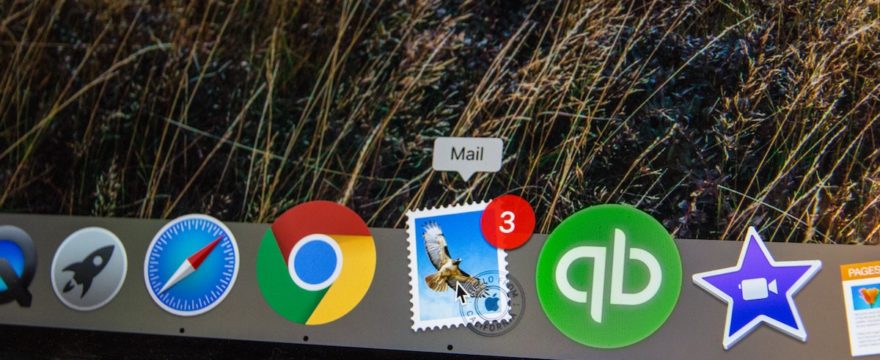Kamala Harris was one of the first Democrat presidential candidates to make a splash with her headline-grabbing fundraising numbers and while it’s difficult from the outside to cut through the hype, this New York Times piece gives us a big clue about how she built up her small dollar donor program.
“At first glance, there was nothing notable about the day Senator Sherrod Brown of Ohio received his greatest number of online contributions in the past six years. It was just another Monday in the doldrums of August 2018.
And for Senator Amy Klobuchar of Minnesota, who is now running for president, her largest number of online contributions came on what seemed like a random Friday in June 2017.
But those two days actually had something in common. They were days that Kamala Harris, the junior senator from California, had asked her email list to contribute to those colleagues.
Over the last two years, Ms. Harris has systematically constructed a database of donors and email addresses that raised several million dollars for her fellow Democrats, demonstrating an uncommon potency for a first-term senator, according to federal election records and interviews with numerous political strategists.
The Harris team didn’t stop there:
“The day of Ms. Klobuchar’s windfall, Ms. Harris had written an email seeking contributions for several female Democratic senators, including Kirsten Gillibrand of New York, who is also running for president. The number of online donations Ms. Gillibrand received that day ranks as her fourth-most — one spot behind the day President Trump attacked her on Twitter — according to an analysis of election data from ActBlue, which processes Democratic donations online.
“For Senator Elizabeth Warren of Massachusetts, also a 2020 candidate, her top two days in the last six years, in terms of number of online donations, coincided with days that Ms. Harris had asked her email list to support Ms. Warren financially. (One was after the now-infamous attempt to silence Ms. Warren on the Senate floor, when the Republican leader declared, “Nevertheless, she persisted.”)”
Before we dig into the mechanics, it’s worth noting that Kamala Harris boosted the fundraising for FOUR of her potential rivals and in so doing handed over valuable donor data from her list.
The truth is, simply having an email list doesn’t matter. Building relationships with supporters and fostering a good technical reputation is essential to getting your emails into the inbox and acted upon.
The key thing you need to understand about the effectiveness of list sharing is that small dollar donors are committed to the cause and are willing and able to give multiple times to multiple candidates over the course of a campaign cycle. It’s not a zero sum game.
Here are three ways your campaign can grow your email list through list sharing.
Sign for Another Campaign
Your candidate signs an email on behalf of another campaign. The donation email links to the other candidate’s donation page, but you’ll receive all of the donor details to add to your own list. The beneficiary campaign will send to their list, you can send to your list, and, if it performs well, you could pursue list rentals.
Combine to Build a List
Your campaign can partner with other similar campaigns to grow a shared list. For example, let’s say all of the Republican congressional candidates in a given state agree to partner and each put $5,000 to a list building initiative. Every candidate in the partnership gets access to the list, thereby reducing the cost of overall list building while getting access to a much larger list.
Execute a List Sharing Agreement
You boost a new candidate by giving them a segment of your list with the agreement that they will give you an equal number of new donors at the end of their campaign. This works particularly well for campaigns that might not be in cycle but still want to keep their lists active and add new subscribers.
Before you follow any of these strategies, double check with your legal and compliance team to make sure it’s done properly.

